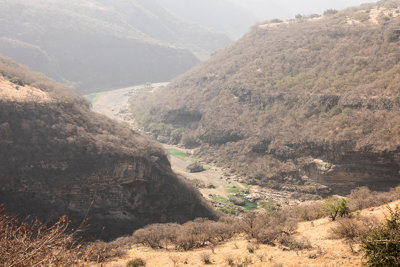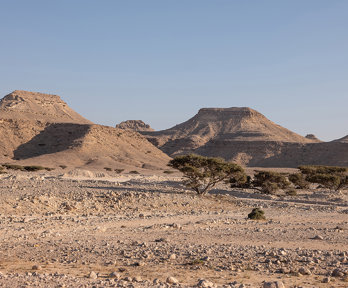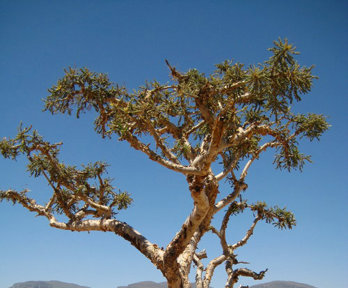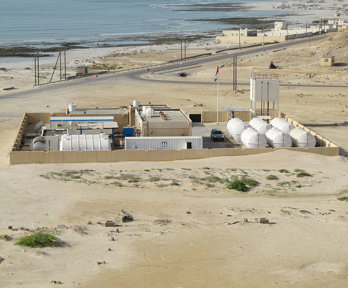Oman is a wonderous country full of fascinating geographical features, rich cultural heritage and a wealth of history.
In this module, pupils will explore two remarkable desert ecosystems: the Sharqiya Sands in Oman and the vast Rub’ al-Khali (Empty Quarter). Through these case studies, pupils will investigate core elements of desert ecosystems specifically how how plants, animals, and people adapt to survive in extreme conditions. The unit will also examine the opportunities and challenges that these fragile ecosystems present for sustainable development, including natural resource use, tourism, and renewable energy.
Within this module, you will find the following topics:
- Carbon Capture using 44.01 as a case study
- How frankincense has helped shape the past and the challenges for the future
- Oman’s role in green hydrogen production
- Water sources in Oman
- Oman vision 2040
You can access the resources by clinking on the links below or by using the StoryMap below:
Links to the GCSE Specifications:
AQA
3.1.1.4 Water, carbon, climate and life on Earth. Human interventions in the carbon cycle designed to influence carbon transfers and mitigate the impacts of climate change.
3.1.2.1. Deserts as natural systems. Characteristics of hot desert environments and their margins: climate, soils and vegetation (and their interaction). Water balance and aridity index.
3.2.5.4 Energy security. Strategies to increase energy supply (oil and gas exploration, nuclear power and development of renewable sources).
3.2.4.6 Global population futures. Health impacts of global environmental change: climate change.
Edexcel
5.9 There are different approaches to managing water supply, some more sustainable than others.
6.5 Reliance on fossil fuels to drive economic development is still the global norm.
6.7 Biological carbon cycles and the water cycle are threatened by human activity. Climate change, resulting from the enhanced greenhouse effect, may increase the frequency of drought due to shifting climate belts.
6.9 Further planetary warming risks large-scale release of stored carbon, requiring responses from different players at different scales.
Eduqas (WJEC)
2(3).1.5 Deficit within the water cycle.
2(3).1.7 Carbon stores in different biomes.
3(4).2.1 The value and distribution of ecosystems.
3(4).4.7 The need for sustainable solutions to meet the demand for energy.
3(4).5.4 Extreme weather events.
OCR
1.b. Dryland landscapes are influenced by a range of physical factors.
4.b. The global implications of water and carbon management.
4.b. The impacts of climate change are global and dynamic.
4.c. Mitigation and adaptation are complementary strategies for reducing and managing the risks of climate change.






